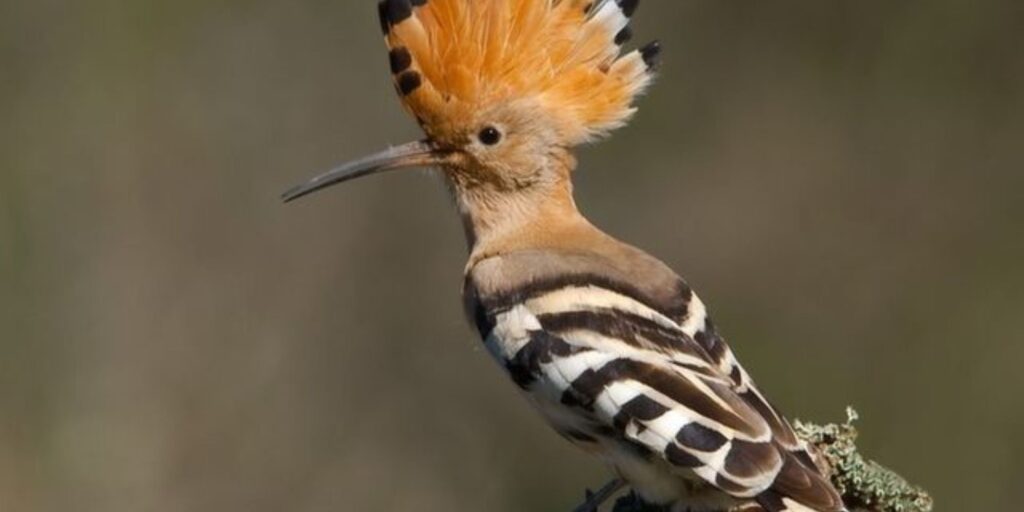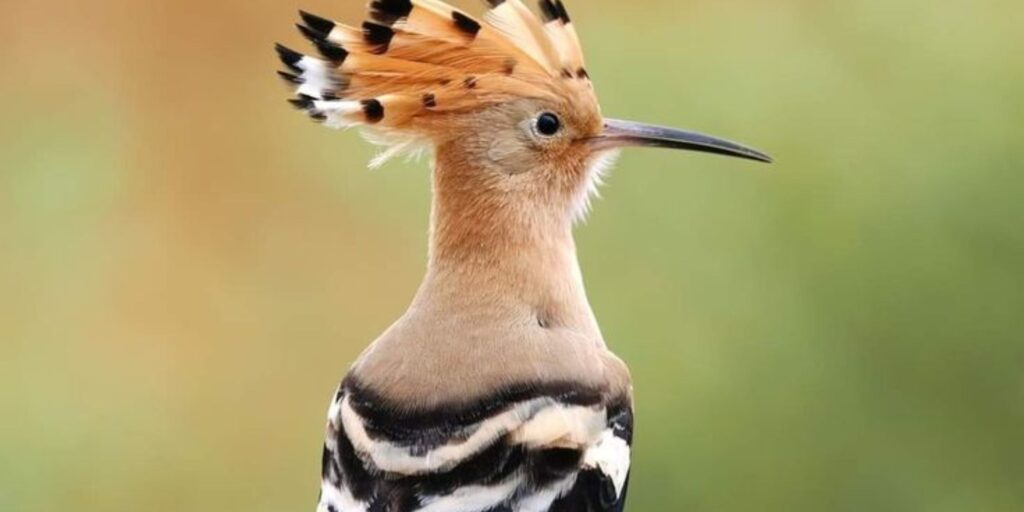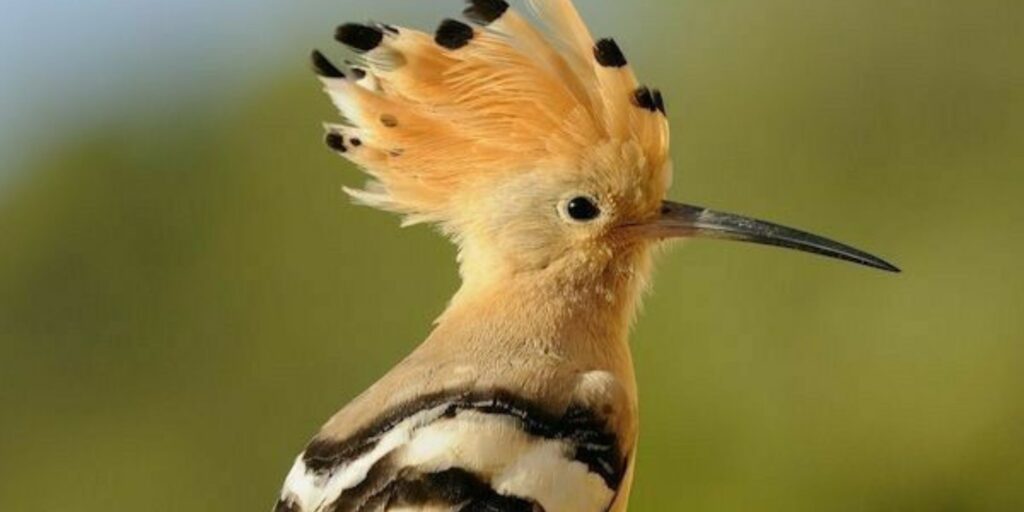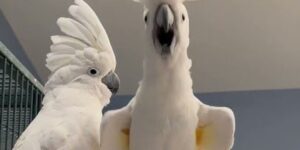Introduction
The forest is a symphony of sounds and colors, teeming with life at every turn. Among its vibrant inhabitants lies the elusive crested woodland bird, which captivates the hearts of nature enthusiasts and casual observers. With its striking plumage and melodious calls, this bird adds an enchanting layer to the rich tapestry of forest biodiversity.
Imagine entering a world where sunlight filters through thick canopies, casting dappled shadows on the leaf-strewn ground. As you wander deeper into this lush paradise, you may share space with one of nature’s most fascinating avian species: the crested woodland bird. Prepare to embark on a journey through its habitat as we explore what makes this charming feathered friend unique!
A Day in the Forest: Observations of the Crested Woodland Bird in Its Natural Habitat
Early mornings in the forest are magical, filled with soft light and gentle rustling. As dawn breaks, the crested woodland bird begins its day. With a distinctive crest atop its head, it flits gracefully between branches, expertly navigating through the dense foliage.
The air is alive with sounds—the melodic calls of various birds harmonizing as they greet the sun. The crested woodland bird’s song stands out; it’s both haunting and beautiful. One can’t help but pause to listen as it announces its presence among the towering trees.
Throughout the day, this vibrant creature forages for insects and berries, showcasing its agility in flight. Observing these moments provides a glimpse into its world—a reminder of nature’s delicate balance and interconnectedness within this thriving ecosystem.
Crested woodland bird :Basic Description

The crested woodland bird captivates with its vibrant plumage and distinct crest. This medium-sized passerine showcases a blend of earthy browns and striking greens, offering an eye-catching contrast against the forest backdrop. Its iridescent feathers shimmer in the dappled sunlight, making it a delight to observe.
With a pointed beak adapted for insectivorous feeding, this bird thrives on various insects within its habitat. Often seen flitting between branches or perched high above, it uses its keen eyesight to spot potential meals below.
Known for its melodious calls that echo through the woods, the crested woodland bird adds a symphonic quality to its surroundings. These vocalizations are essential in communication during mating seasons and territorial disputes among fellow birds.
Habitat and Behavior
The crested woodland bird thrives in dense, mixed forests that balance sunlight and shade. These vibrant birds prefer environments rich with tall trees, underbrush, and plenty of insects to feed on. Their habitat is usually found at varying elevations, from lowland forests to higher montane regions.
Behaviorally, they are known for their playful antics as they flit between branches. With agile movements, they often forage for insects among leaves and bark. This energetic nature makes them a delight to observe.
Crested woodland birds are also quite vocal. They communicate through melodic calls that resonate through the forest canopy. These songs establish territory and attract mates during the breeding season.
Spotting the Crested Woodland Bird
Spotting the crested woodland bird can feel like a treasure hunt. These vibrant creatures prefer dense forests, whose colorful plumage blends well with the foliage. Look for them perched on low branches or flitting between shrubs.
Early mornings are ideal for sightings as they become active around dawn. Listen closely for their melodious calls, often giving away their location before you see them. Patience is key; sometimes, it takes standing still and observing.
Binoculars can significantly enhance your experience. Focus on movement in the treetops while scanning with care. A quick flash of color might lead you to this stunning avian gem nestled among nature’s beauty.
Unique Characteristics

The crested woodland bird is striking and easily identifiable by its vibrant plumage. Its feathers display rich colors, often shimmering in the dappled sunlight filtering through the forest canopy. The distinctive crest atop its head adds an air of elegance and personality.
Equally fascinating are its calls—melodic whistles that echo through the trees. These sounds serve various purposes, from attracting mates to establishing territory. Observing this avian musician brings joy to any nature lover’s heart.
Another hallmark trait is its adaptability. This species thrives in varied environments, showcasing remarkable foraging skills as it searches for insects and seeds among foliage. Such resilience highlights the unique charm of the crested woodland bird within its lush habitat.
Other Species in Its Environment
The crested woodland bird thrives in a rich ecosystem, sharing its habitat with various fascinating species. Among them are vibrant butterflies fluttering from flower to flower and elusive mammals like the red fox, which navigates through underbrush in search of food.
In addition to these creatures, you can find enchanting trees that provide shelter and nesting sites. Towering oaks and graceful maples create layered canopies where sunlight dapples the forest floor. This diversity supports an intricate web of life.
Birds such as warblers and sparrows often accompany the crested woodland bird, filling the air with melodic songs. Each species plays a vital role in maintaining balance within this lush environment, contributing to the overall harmony found in nature.
Conservation Efforts
Conservation efforts for the crested woodland bird have gained momentum in recent years. Organizations and local communities are actively working to preserve their natural habitats. These initiatives often focus on reforestation, which helps maintain the delicate balance of ecosystems where these birds thrive.
Research plays a crucial role in informing conservation strategies. Scientists can identify key areas that require protection or restoration by studying the behaviors and populations of crested woodland birds. This data is vital for creating effective management plans.
Community engagement is also essential in these efforts. Raising awareness about preserving this species encourages local populations to take action. Education programs promote sustainable practices that benefit not just the crested woodland bird but also other wildlife sharing its environment.
Interactions with Other Wildlife
The crested woodland bird shares its forest home with a vibrant mix of wildlife. Often, you’ll find them alongside colorful butterflies flitting among the underbrush. Their interactions can be quite fascinating as these birds are known to follow insects disturbed by other animals.
Sometimes, they engage in a delicate dance with squirrels or chipmunks scavenging for food on the forest floor. The presence of these small mammals adds vibrancy to the serene environment.
Predators also play a role in their daily life. Hawks and owls inhabit the same area, creating a dynamic tension within this ecosystem. The crested woodland bird remains vigilant, adapting its behavior to thrive amid friends and foes in its natural habitat.
Birdwatching Tips
Patience is key when birdwatching. Arrive early in the morning when birds are most active. The light is softer, too, making spotting them among the trees and bushes easier.
Using binoculars can significantly enhance your experience. Look for a pair that offers clear vision and a comfortable grip. Adjust the focus carefully so you won’t miss any details of the crested woodland bird.
Dress appropriately for your adventure; muted colors help you blend into nature without startling wildlife. Bring a notebook or app to record your observations and encounters with different species throughout the day, adding depth to your birdwatching journey!
Recommended Reading

Various resources are available for those who want to deepen their understanding of the crested woodland bird and its habitat. Field guides like “Birds of North America” provide essential insights into identifying various species, including the crested woodland bird.
Books focusing on forest ecology can also enhance your appreciation for this unique bird’s environment. Titles such as “The Hidden Life of Trees” delve into how trees support avian life, offering context for where you might spot these birds.
Online platforms like the Audubon Society website feature articles and citizen science projects focusing on birdwatching tips and conservation efforts. Engaging with local wildlife organizations can lead to community events or guided tours that offer firsthand experience observing these remarkable creatures in their natural surroundings.


